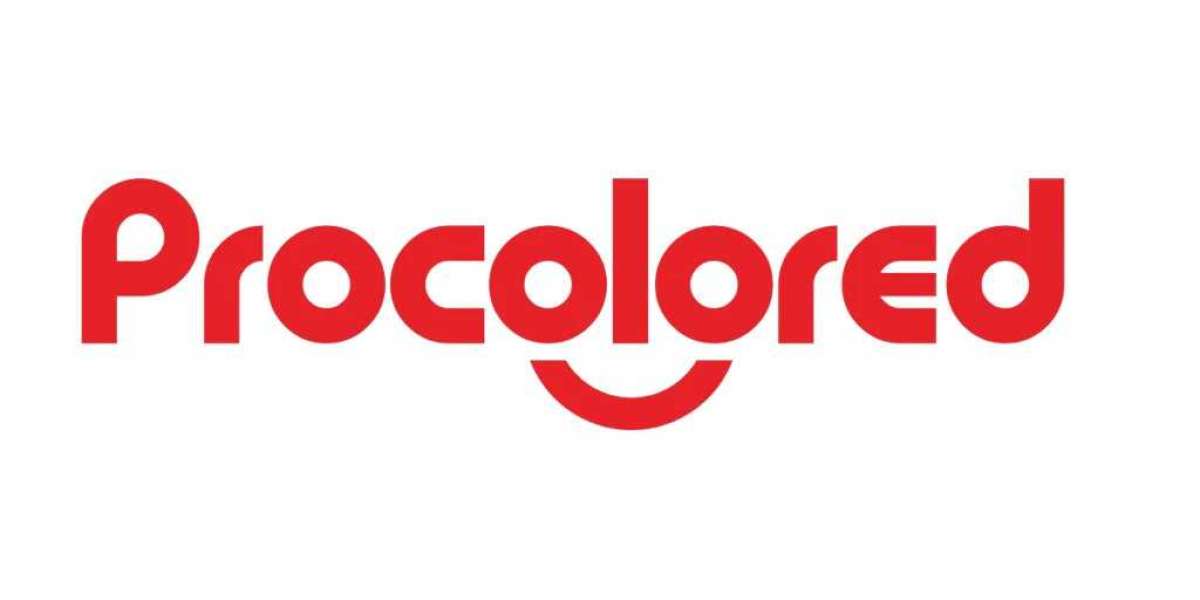Direct-to-Film (DTF) printing has become a popular method for creating high-quality custom prints on various materials. One of the key components of the DTF printing process is the transfer film, which plays a crucial role in the overall print quality and durability. This guide explores the different types of DTF transfer films, their characteristics, and how to choose the right film for your printing needs.
1. Understanding DTF Transfer Films
dtf transfer printer films are specially coated films used to transfer designs onto various substrates, such as textiles, fabrics, and other materials. The film acts as a carrier for the ink, which is printed onto it and then transferred onto the final substrate using heat and pressure. The quality and type of transfer film used can significantly impact the final print's appearance and longevity.
2. Types of DTF Transfer Films
a. Glossy Transfer Films
Characteristics:
- Finish: Glossy transfer films have a shiny, reflective surface that enhances the vibrancy and depth of colors.
- Appearance: These films give prints a bright and eye-catching look with a smooth, glossy finish.
Pros:
- Enhances color vibrancy and contrast.
- Provides a high-shine effect that makes designs stand out.
- Suitable for designs where a glossy finish is desired.
Cons:
- Glossy finishes can sometimes show fingerprints or smudges.
- May not be ideal for all types of fabrics or designs.
b. Matte Transfer Films
Characteristics:
- Finish: Matte transfer films have a non-reflective, flat finish that gives prints a more subdued and sophisticated look.
- Appearance: The matte finish reduces glare and provides a smooth, understated appearance.
Pros:
- Offers a sophisticated and elegant look.
- Reduces glare and reflections, making it suitable for certain designs.
- Less likely to show fingerprints or smudges.
Cons:
- Colors may appear slightly less vibrant compared to glossy films.
- May not enhance contrast as much as glossy films.
c. Clear Transfer Films
Characteristics:
- Finish: Clear transfer films have a transparent surface that allows the underlying substrate to show through.
- Appearance: The transparency of clear films makes them suitable for designs that blend with the fabric's color.
Pros:
- Allows for seamless integration with the substrate color.
- Ideal for designs with varying background colors or textures.
- Provides a clean and unobtrusive look.
Cons:
- May not be suitable for designs requiring high color vibrancy.
- Can be challenging to work with if precise color matching is needed.
d. Colored Transfer Films
Characteristics:
- Finish: Colored transfer films come in a variety of colors and can add a background color to the design.
- Appearance: These films offer a range of hues and shades, allowing for creative and unique effects.
Pros:
- Adds color and variety to the design, enhancing creativity.
- Can be used for background effects or color accents in the design.
Cons:
- Limited to the colors available, which may not suit all designs.
- Requires careful color matching to ensure the final print meets expectations.
e. Specialty Transfer Films
Characteristics:
- Finish: Specialty transfer films include options like holographic, metallic, or reflective finishes, offering unique visual effects.
- Appearance: These films create distinctive and eye-catching effects, adding a special touch to prints.
Pros:
- Provides unique visual effects that can set designs apart.
- Ideal for special projects, promotional items, or high-impact designs.
Cons:
- May be more expensive than standard films.
- Can be challenging to work with, requiring specific printer settings and techniques.
3. Choosing the Right Transfer Film
Consider the Following Factors:
- Substrate Compatibility: Ensure the transfer film is compatible with the material you plan to print on. Some films are better suited for fabrics, while others work well on hard surfaces or specialty materials.
- Design Requirements: Choose a film based on the desired finish and effect. For vibrant, high-contrast designs, glossy films are ideal, while matte films offer a more subtle look.
- Print Quality: Consider the film's ability to enhance or affect print quality. High-quality films contribute to better color reproduction and durability.
- Cost and Budget: Factor in the cost of the transfer film and how it fits into your budget. Specialty films may be more expensive but can provide unique effects.
4. Application Tips
Proper Handling:
- Storage: Store transfer films in a dry, cool place to prevent moisture absorption and maintain film quality.
- Clean Environment: Ensure the printing environment is clean to avoid contamination of the film.
Printing and Transfer:
- Settings: Adjust printer settings according to the type of film being used. Follow the manufacturer’s guidelines for optimal results.
- Heat Press: Use the recommended temperature and pressure settings for transferring designs onto the substrate. Proper curing ensures the print adheres well and achieves the desired finish.
Conclusion
Selecting the right DTF transfer film is crucial for achieving high-quality and durable prints. Understanding the different types of transfer films and their characteristics allows you to make informed decisions based on your specific needs and design preferences. By choosing the appropriate film and following best practices for printing and transferring, you can enhance the appearance and longevity of your custom prints.






